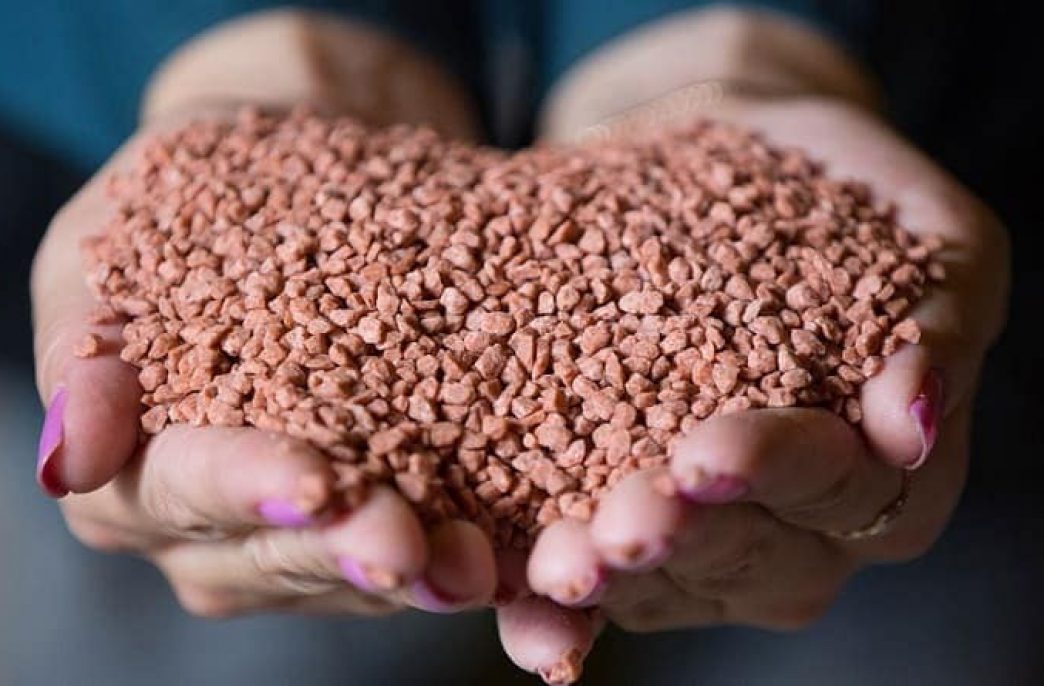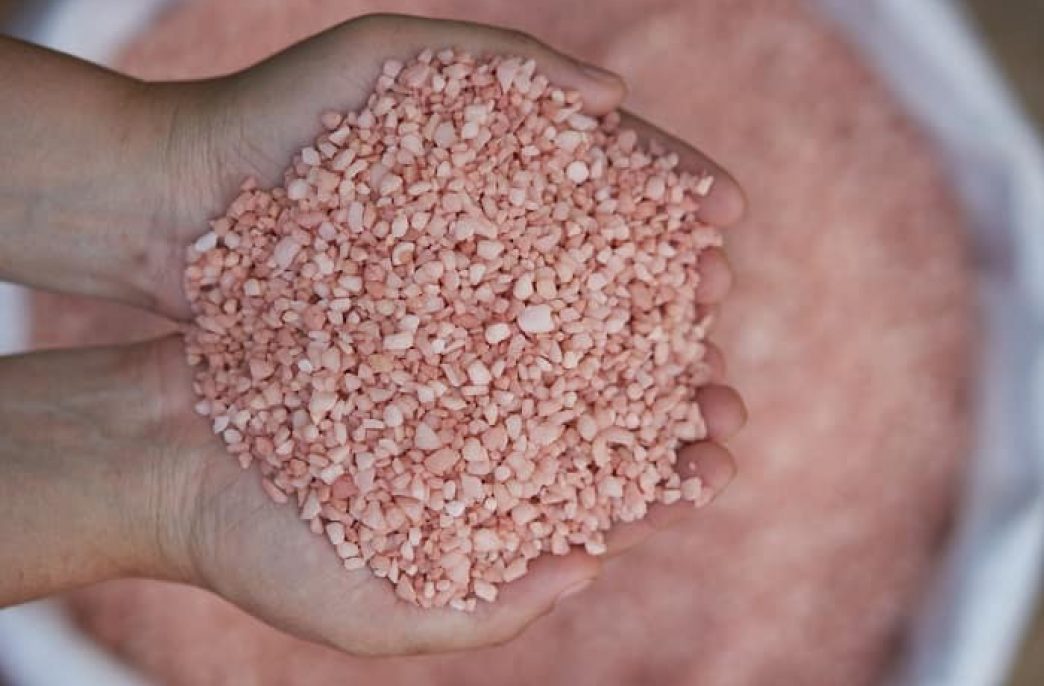Growing geranium
How to feed a geranium for abundant flowering and growth
Geranium (Pelargonium) is one of the most popular and popular perennial indoor plants. The bright flowers delight the blooming flowerbeds and have a fragrant scent. But for lush flowering, you need to provide the plant with proper care and create favorable conditions, whether it is grown in the open field in the country or at home. The article contains proven information on how to feed geraniums at different stages of development, how to protect them from diseases and pests.
Symptoms of nutrient deficiency
Malnutrition is determined by the appearance of the flower:
due to weakened immunity, the plant often becomes ill, it is affected by root rot, late burning, rust;
leaves become lethargic and dull;
no budding;
plant growth slows down.
What can you feed a geranium

Sustainable flowering of indoor and outdoor plants is achieved by those who use the drug correctly and accurately monitor their proportions. The choice of a particular fertilizer for geraniums depends on the growing conditions – outdoors in the summer or all year round. For example, in an apartment environment, not everyone is ready to use organic fertilizer (manure or bird droppings), this option is very suitable for fertilizing flower beds or soil in flower beds on the terrace.
Fertilizers for geranium seedlings
The first feeding is carried out 18 days after planting seedlings. It is important to stimulate the growth of plants during this period. If you feed the geranium with nitrogen, the plant will form healthy roots and the green mass will be very lush. One of the well-proven options is the active biohumus “Planta”. The drug is applied weekly before the geranium is transplanted to a permanent place. Pre-harvesting is carried out and immediately before planting the soil is treated with “Kemira” or ammonium nitrate.
How to feed a geranium so that the leaves do not turn yellow

Changes in the shape and shade of the leaves indicate problems. Thus, yellowing of the leaves may indicate a lack of phosphorus and potassium. If only the lower leaves turn yellow, then zinc and magnesium are not enough. Dried peaks indicate a lack of calcium and manganese.
Agricola helps to solve the problem of malnutrition, as well as to prevent pest attacks and the development of diseases. It contains all the necessary ingredients of geranium. The drug is strictly diluted according to the instructions and used in the manner recommended by the manufacturer.




